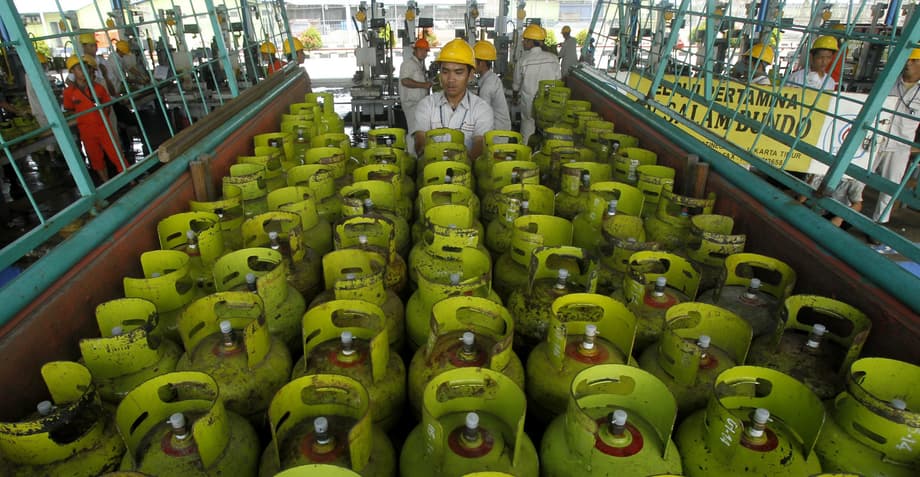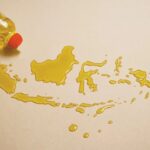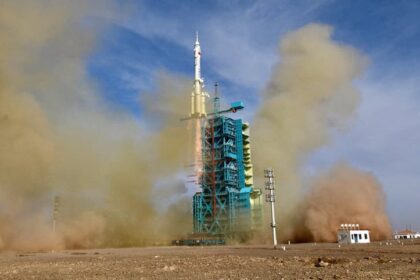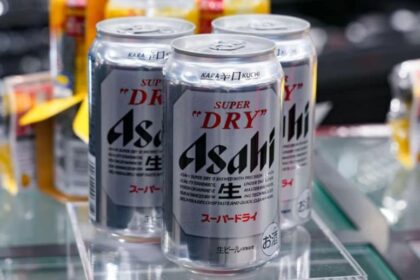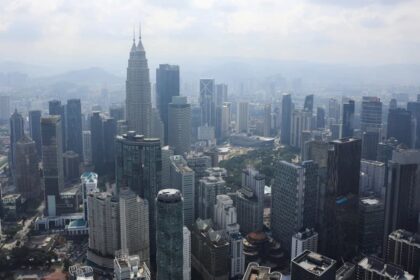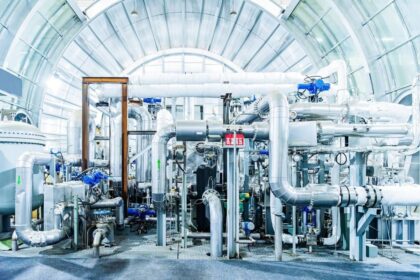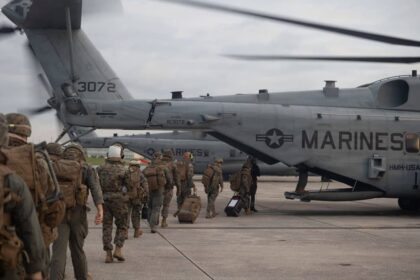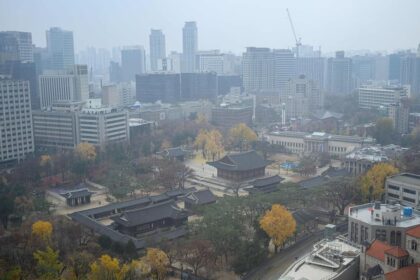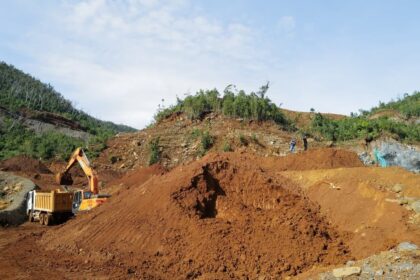A Producer That Still Imports Most of Its Fuel
Indonesia sits on substantial hydrocarbon resources, yet it imports large volumes of the fuel its economy relies on every day. The country produces around 600,000 barrels of crude oil per day, while domestic consumption is roughly 1.6 million barrels per day. The gap is filled by a mix of crude and refined products imported from abroad, often totaling about 1 million barrels per day. Aging refineries meet only about 60 percent of national demand, leaving households and businesses exposed to international price swings and the state budget strained by fuel subsidies.
Indonesia’s refining system was largely built in the 1970s to 1990s. These plants have been upgraded in stages, but total capacity and product quality still fall short of fast growing demand for gasoline, diesel and jet fuel. Complex refining that maximizes high value products has not kept up, while cleaner fuel standards are harder to meet at older facilities. Imports from Singapore, a global refining and trading hub just across the Strait, have filled the shortfall for years.
Supply strains are more apparent when markets tighten. In October 2025, private operators including Shell and BP reported shortages, a reminder that logistics and quality specifications can quickly become pressure points. Disagreements over ethanol content in gasoline and sourcing from state owned Pertamina complicated procurement. Households and small businesses feel the pain first when pumps run dry or prices climb, and the treasury bears the cost when subsidies rise.
How Indonesia Got Here
Indonesia has not brought a new large refinery online since the mid 1990s. Some projects were proposed, delayed or scaled back. Meanwhile, fuel demand has climbed with population growth, rising vehicle ownership and steady industrial activity. The mismatch between old infrastructure and new consumption patterns widened, while a reliance on subsidized fuel complicates pricing and investment decisions.
Declining output and rising demand
Crude output has fallen from mid 1990s peaks of around 1.6 million barrels per day to roughly 600,000 barrels per day today as mature fields decline and investment cycles have lagged. Consumption has grown about 4 to 5 percent annually at times, led by transportation and logistics. Officials have set an ambition to lift oil production toward 900,000 to 1 million barrels per day by 2029 by reactivating idle wells and unlocking smaller discoveries, but that effort will take time and capital.
Aging refineries and stalled upgrades
Pertamina’s six main refineries can process roughly 1.06 to 1.15 million barrels per day, depending on maintenance cycles. Projects to expand and modernize key sites have faced delays. The Balongan refinery completed a first phase upgrade, while the flagship Balikpapan Refinery Development Master Plan seeks to lift capacity from about 260,000 to 360,000 barrels per day and improve fuel quality to Euro 5 standards. A separate 300,000 barrels per day project in Tuban was planned with a foreign partner but faced setbacks as sanctions complicated financing and technology access.
Infrastructure and subsidies
Distribution pipelines and storage are limited across Indonesia’s archipelago, which raises transport costs and heightens the risk of local shortages. Subsidized fuel supports affordability for lower income consumers, yet it also encourages higher consumption and adds to the fiscal burden when global prices rise. The combination of limited infrastructure, subsidies and rising demand sustains a structural reliance on imports.
Reliance on Singapore and Price Tensions
More than half of Indonesia’s imported fuel has been sourced through Singapore, a world scale refining and trading center with deep storage, complex plants and a robust shipping network. The proximity makes deliveries fast and flexible, but Indonesian officials have grown frustrated with pricing and dependence on a single hub. The government has signaled a push to diversify supplies to the United States and the Middle East and reduce purchases from Singapore over the coming months.
Energy and Mineral Resources Minister Bahlil Lahadalia has framed the shift as a strategic move to gain leverage and improve pricing.
“It is not only a matter of price but also geopolitical issues. We need to have a balance with other countries… Singapore does not have oil, but we buy from there. Of the total production, 34 percent of the market is in Indonesia, yet the price is the same as the Middle East. I say this is a shameful strategy.”
Authorities say imports could be redirected at scale in the near term as part of a broader diversification strategy. That would spread risk, though it also means longer voyages and a different mix of crude and product grades. Shipping times, storage needs and blending specifications would need to be carefully managed to avoid new bottlenecks.
The New Refinery Push
Jakarta has elevated refining capacity expansion to a national priority. Plans call for several new refineries across multiple islands, with a combined 1 million barrels per day of additional capacity, up from an earlier 500,000 barrels per day target. The build out aligns with a wider group of 21 downstream projects worth about 40 billion dollars, including coal gasification, oil storage and related infrastructure. Officials also plan a new 1 million barrel storage facility on Pulau Nipah near Batam to enhance supply resilience.
One anchor is a proposed refinery of about 531,500 barrels per day at an estimated 12.5 billion dollars. The plant is designed to process both domestic and imported crude. Project sponsors highlight expected savings on imports, economic multipliers and job creation spanning tens of thousands of direct and indirect roles during construction and operations.
Large complex projects
The Balikpapan upgrade is central to raising output of cleaner fuels and reducing import exposure. Pertamina has been urged to move faster after years of setbacks. The company’s leadership says it is heeding the call and working to bring new capacity online.
Simon Aloysius Mantiri, President Director of Pertamina, said the push from policy makers had been constructive for project delivery.
“The feedback from the Minister of Finance about the lack of new refineries is valuable input. Our focus is to accelerate refinery development and improve performance to deliver higher quality fuels and greater energy resilience.”
Pertamina has also faced the loss or renegotiation of several planned partnerships, leaving it to shoulder more of the expansion risk on its own balance sheet. The company still targets a larger refining and petrochemical footprint to meet higher value product demand inside Indonesia.
A modular refineries experiment
In parallel with large capital projects, Indonesia is exploring a network of smaller, modular refineries. Officials have discussed as many as 17 prefabricated units that can be built faster at lower upfront cost than traditional mega plants. Typical modular units range from 50,000 to 150,000 barrels per day and could be placed near oil producing regions to shorten supply lines and tailor crude runs, including grades imported from the United States.
Rosan Roeslani, head of the sovereign energy investment authority Danantara, has described the technical rationale for aligning new plants with available crude.
“Indonesia will import crude oil into the country, and that will require refineries that match the characteristics of U.S. crude, so investments will be made accordingly.”
Deputy Energy Minister Yuliot Tanjung said location choices will try to cut logistics costs and speed deliveries.
“There are plans to locate the refineries close to oil production sites.”
The modular approach promises speed, though analysts caution about unit simplicity and scale. Small refineries often lack advanced upgrading units, which limits yields of gasoline and diesel and reduces flexibility to process a wide slate of crudes. Smaller cargoes can raise freight costs, and relying heavily on a single imported crude type could expose Indonesia to price spikes if arbitrage narrows. These units could help plug gaps, but they are unlikely to replace the need for at least one or two large complex refineries that can swing between grades and produce petrochemicals at competitive cost.
Biofuels and Domestic Alternatives
Indonesia is pushing B50 biodiesel, a blend with 50 percent biodiesel derived largely from palm oil, to reduce diesel imports and support farm incomes. Higher blends cut the import bill and greenhouse gas emissions compared with fossil diesel. The policy has expanded steadily from earlier B20 and B30 mandates as vehicle engines and distribution networks adapt to higher biodiesel content.
The palm link has triggered international scrutiny. Trade partners have challenged sustainability claims and land use impacts at the World Trade Organization. Indonesian officials say traceability and better plantation practices will address concerns. Sustaining consistent quality at high blends is also a technical task, especially in colder highland areas and for heavy equipment, yet producers and engine makers have made progress on additives and logistics to keep fuel flowing reliably.
On the household energy front, the government promotes coal based dimethyl ether as a substitute for imported liquefied petroleum gas. DME can be produced in Sumatra or Kalimantan, reducing reliance on LPG cargoes and dampening subsidy costs. The aim is to advance domestic resources while preparing for a future in which cleaner fuels and electrification serve a larger share of cooking and transport needs.
Officials also speak of green refineries designed to process bio based feedstocks into renewable diesel and sustainable aviation fuel. Those projects would support the country’s pledge to reach net zero emissions by 2060, while building industrial capacity in an area of rising global demand.
Supply Vulnerabilities and Safety Risks
Energy security is not only about feedstock and capacity. It also depends on safe and reliable operations. Several Pertamina facilities have suffered fires in recent years, including at refineries and fuel depots, which disrupted deliveries and prompted broader risk management reviews. Investment in safety systems, maintenance and fire prevention is essential to sustain higher throughput when new units come online.
The 2025 fuel tightness at private stations also reflected specification friction. Ethanol is used in many countries as an oxygenate in gasoline and to manage octane ratings. Blending levels and supply chains must align with local standards and storage practices. Clear and consistent specifications, along with adequate buffer stocks at terminals, reduce the odds that procurement disputes turn into consumer shortages.
New storage at strategic nodes can help. A planned 1 million barrel tank farm near Batam adds limited coverage by global standards, yet it is a step toward a broader inventory strategy across the archipelago. Storage closer to consumption centers and refineries shortens delivery times when weather or shipping disruptions strike.
Upstream Prospects and Foreign Policy Links
Indonesia’s upstream strategy and import policy are joined at the hip. Officials aim to revive legacy oil fields, reactivate thousands of idle wells and redirect more domestic crude to home refineries. Authorities have also explored reallocating millions of barrels originally slated for export so that upgraded plants can process a wider slate of local grades. That approach would keep more value inside the country and reduce exposure to product imports.
On the gas side, the Masela project in the Arafura Sea and the Natuna area fields remain long term opportunities. Development could bolster electricity supply and industrial fuel, allowing diesel generators to be replaced in parts of the grid and islands. Even when these fields are primarily gas, broader hydrocarbon investment strengthens supply chains, engineering capacity and the tax base that supports downstream upgrades.
Indonesia is diversifying crude sources to include the United States, the Middle East and, where viable, discounted cargoes from Russia. Any plan must balance pricing, shipping times, sanctions risk and refinery configuration. Danantara is expected to coordinate financing and partnerships, including a trade arrangement that pairs increased purchases of U.S. energy products with improved market access for Indonesian goods. Modular refineries tuned to light sweet crude could serve that strategy if commercial terms make sense.
What Success Would Look Like
Success is measurable. A steady reduction in imported refined product volumes, smoother logistics across islands, and pump prices that move less sharply with global spikes would show progress. Refinery utilization rates should rise, and Indonesia should be able to process a more diverse slate of crude, including domestic grades that previously went to export. The subsidy bill should ease as domestic supply grows and biofuels displace part of the diesel pool.
Large complex refineries and selected modular units can work side by side. The first deliver economies of scale and petrochemicals that feed local manufacturing. The second add flexibility near producing regions or demand centers. Both need credible timelines, transparent contracts and high safety standards. With those in place, Indonesia can capture more value from its resources and improve resilience across an archipelago that relies on fuel for mobility, power and industry.
What to Know
- Indonesia produces about 600,000 barrels of oil per day and consumes around 1.6 million barrels per day.
- Refineries meet roughly 60 percent of domestic fuel demand, leaving a large import gap.
- Officials plan several new refineries totaling 1 million barrels per day of capacity across multiple islands.
- A separate 531,500 barrels per day refinery, at about 12.5 billion dollars, is part of the build out.
- Indonesia aims to reduce reliance on Singapore and diversify imports to the United States and the Middle East.
- Modular refineries are under review to speed capacity, though analysts warn about scale limits and crude flexibility.
- The B50 biodiesel mandate and DME for LPG are intended to cut imports and support domestic resources.
- Safety upgrades, storage expansion and clear fuel specifications are critical to avoid future supply disruptions.


